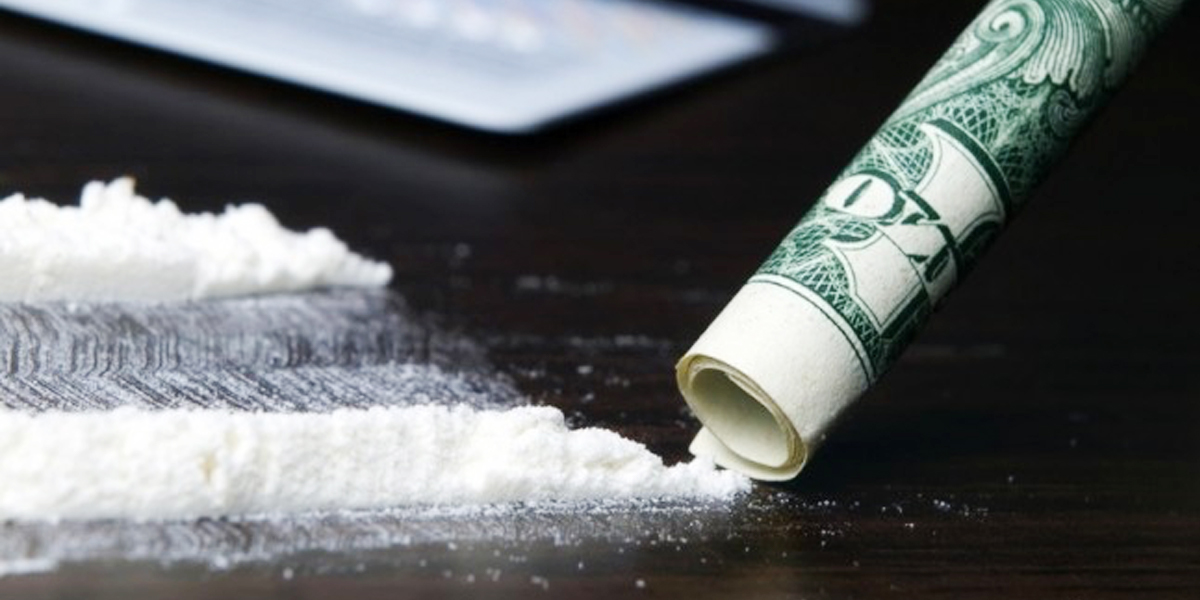Okay, so we have been watching Narcos and have deeply been fascinated with the ‘system’ based on the name of this Netflix Original. The emergence of the infamous and powerful drug kingpins in this country of North America and their contribution towards the rise and trade of cocaine has left people wanting to learn more about Colombia and the drug lords.
Studies have made an estimation that almost around 4% of the world’s population have consumed or at least tried cocaine in his or her life, i.e., around 300 million people across the universe! And half of this cocaine comes from Colombia itself. Yes, this may be hard for you to digest, but this is true and you can know how watching this American crime drama web television series.

According to another survey, around 20 million people used this drug and consumes nearly between 800 to 900 tons of pure cocaine last year alone, making a street value of at least $20 billion. The major demands for cocaine come from the United States and Europe, but in recent times, Brazil has also grown into a major cocaine consuming market.
Most of the cocaine consumed across the globe comes from Colombia, Peru and Bolivia because coca, the crop used for making cocaine, has been common for centuries in these countries and is consumed legally. Coca used to produce cocaine is grown mostly in remote parts of these countries where the control of the government is lacked. Colombian coca farmers use approximately 190,000 hectares of land to produce the famous “Colombian Cocaine”. The UN had estimated in 2016 that around 106,000 Colombian farming families live off producing just coca.

To produce one kilogram of cocaine, 125 kilograms of coca is required. This 125 kgs of coca costs around $140 and then the leaves are turned into real cocaines which results to cost around $2,300 to a local drug lab. By the time it gets to the street, the cost of that kilo of cocaine shoots to $60,000 (USA) and $235,000 (Australia).
Nevertheless, last year in Colombia, cocaine production was around 490 tons, which is more than half of what is consumed globally. We can say that in the following year, coca cultivation will only see an increase of several thousand hectares because even after destroying 65,000 hectares of land, the production of cocaine has increased. This is because Colombia does not have any extensive crop substitution program like Peru, meaning their farmers have continued cultivating coca even after their harvest was destroyed.








